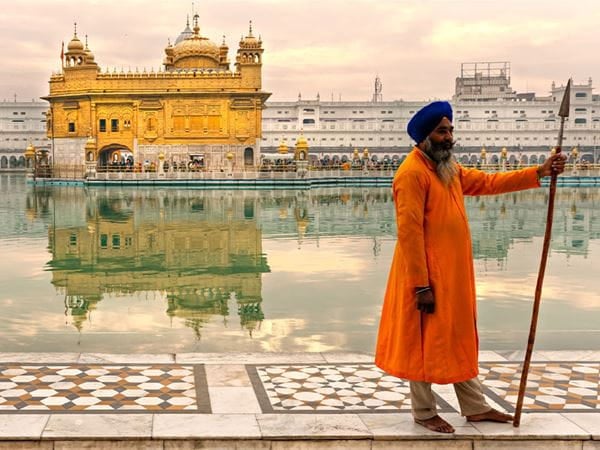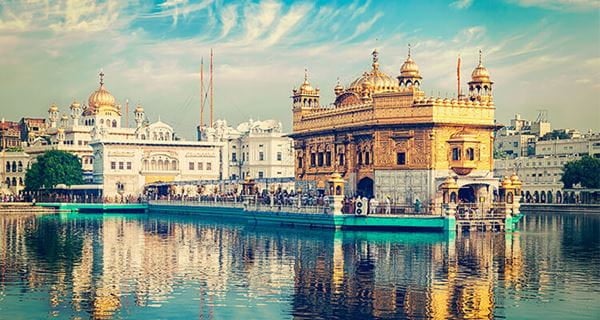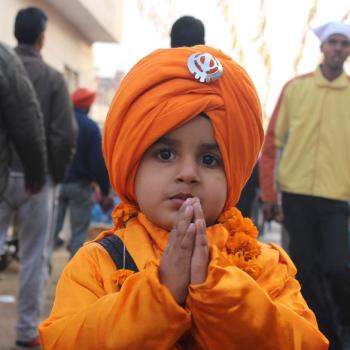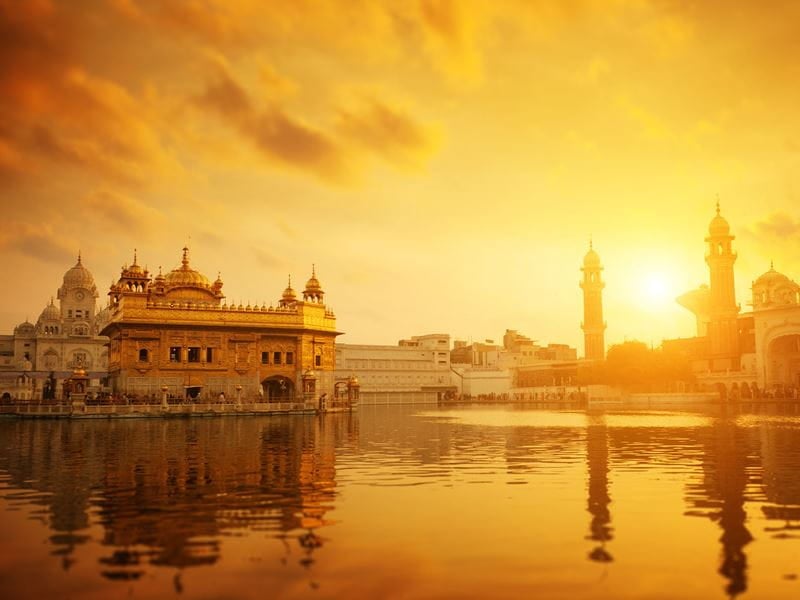
- Trending:
- Pope Leo Xiv
- |
- Israel
- |
- Trump
- |
- Social Justice
- |
- Peace
- |
- Love
The 100 Most Holy Places On Earth
Sri Harmandir Sahib - The Golden Temple

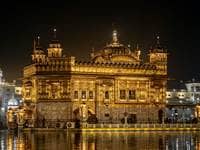
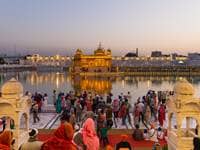
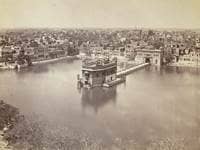
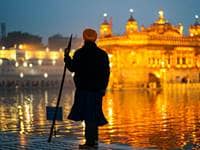
Also Known As:
Golden Temple
Hari Mandir
Harmandir Sahib
Associated Faiths:
While this is the flagship temple or gurdwara of Sikhism, the religion’s founder (Guru Nanak) strongly emphasized the unity of religions. He felt all were worshiping the same God, just under different names. Thus, for him, the Golden Temple would have been a “sacred site” for all religious traditions. Indeed, its four doors are a symbol of its openness to all traditions and all peoples. And, on a given day, one will find Hindus, Buddhists, Christians, and others visiting the temple, alongside of the Sikhs who have come to worship there.
Accessibility:
Open to visitors. Visitors must remove their shoes, wash their feet, and cover their heads.
Annual visitors: estimated over 55,000,000
History
The Sikh flagship gurdwara or temple is the “Golden Temple” (or Harmandir Sahib), located in the city of Amritsar—in Northern India, on the Indian-Pakistani border. According to Sikh tradition, Guru Amar Das (the 3rd Guru) chose the spot for the city, and he commissioned the 4th Guru (Ram Das) to build it. In 1574 CE, the city was established, and Ram Das moved forward with creating various components of what would become Amritsar—including its “Pool of Immortality” and the “Golden Temple” (which rests therein). Though the temple was started by Guru Ram Das, he died before it and the “Pool of Immorality” were completed. Thus, Guru Arjan (the 5th Guru) technically completed the project in 1577. In 1604, the Sikh holy book—the Guru Granth Sahib—was officially installed in the temple, and there is a copy in all Sikh houses of worship today. It is for this reason that Sikh’s call their buildings in which they worship “gurdwaras” (which means “gate” or “door to the Guru”). The term implies that this is where you go to meet, be taught by, or submit yourself to the current Sikh Guru—which is not a human being, but their sacred scripture.
The founder of Sikhism, Guru Nanak Dev Ji, focused strongly on uniting all religions. He famously said “God is not Hindu nor Muslim”—meaning God is not a denominational being. Thus, we are all (according to Guru Nanak) worshipping the same God, just under different names and with slightly different ideas. Thus, he stressed that religions and peoples should strive to get along and move forward the cause of good. Ironic, therefore, is the fact that the Golden Temple has had to be rebuilt several times because of persecution and attacks which have severely damaged or destroyed it on various occasions. Most recently, in 1984, Prime Minister Indira Gandhi sent the Indian Army into the temple to arrest the leaders of a militant group who was said to be residing in the temple. Simultaneous attacks were undertaken on scores of Sikh temples across the Punjab—killing more than 500 people. This ultimately led to the assassination of Indira Gandhi, who was killed by her two Sikh bodyguards as an act of revenge. In all, more than 2,500 people lost their lives in about a 4-month window.
While the design and look of the Golden Temple has evolved from when it was first constructed—through its various rebuilds, and into what it is today—nevertheless, in its current form, it is a two-story marble edifice. The upper half of the building is currently covered in more than 880 pounds of gold leafing. It has four entrances which face the four cardinal directions—though one is used as an entrance and the other three primarily as exits. It is open 24-hours a day, and a continuous reading of the Guru Granth (or holy book) takes place on the location of the temple.
Because Sikhism’s founder stressed the need to accept others and their beliefs, and to get along with all, in 1481 a tradition was started in Sikhism of feeding free meals to others. Anciently, to eat with another was to be “in communion” with them. It meant you accepted each other and had a relationship. Thus, right next to the Golden Temple is the Guru Ka Langar (langar means “kitchen”). Sikhs who visit the temple, and pilgrims who come to the site, will often partake of the langar (or free communal meal). On an average week, approximately 800,000 free meals are cooked, served, and consumed adjacent to the Golden Temple, and as part of the traditional pilgrimage to the site. This evidences not only the Sikh belief that we should accept each other, but also that we should reject the Hindu caste system, or any other system that divides, discriminates, or discourages communion and equality.
Religious Significance
The Golden Temple is the most important gurdwara in Sikhism, and the most important pilgrimage site (for Sikhs) throughout the world. As part of the complex associated with the Harmandir Sahib, there is the Ath Sath Tirath (which means “shrine of 68 pilgrimages”). It is a canopy above a marble path which worshipers walk as they circumambulate the temple—something traditionally done prior to entering in. The Ath Sath Tirath symbolizes the belief that one visit to the Golden Temple is equivalent to visiting 68 Hindu pilgrimage sites. This highlights the power resident in a pilgrimage to the Golden Temple.
The Harmandir Sahib has four doors, one facing north, one south, one east, and one west. The reason for this symbolic design is to send a message to the world that all are welcome—and that all are brothers and sisters before God, who rejects all classism, sexism, racism, and prejudice of any kind (religious or otherwise). This is why those who visit the Golden Temple will often partake of the langar (or meal), as a reminder that we are all equal before God. As at the Golden Temple, every Sikh gurdwara has a langar or communal meal as part of their worship. While early in its history the Golden Temple may have been perceived by some Sikhs as their house of worship, today it is a temple for all peoples. Indeed, on any given day, you will find Sikhs in abundance worshiping in the Golden Temple, but you will also find Hindus and peoples of other religious traditions circumambulating the temple and entering its doorways to hear the scriptures sung and to bow before the Guru Granth Sahib—or Sikh holy book.
The pool around the temple (called the “Pool of Immortality” or the “Pool of Nectar”) is believed by many to have healing properties. There are numerous accounts of individuals being healed in those waters, and it is common to see people all year around entering into the waters to bathe or immerse themselves, sometimes in the hopes of a miracle or healing. Prior to the construction of the Golden Temple, there were Hindus who claimed the waters had healing powers, and certainly many Sikhs since have made that same claim.
Like faithful Muslims (who seek to make at least one hajj or pilgrimage to Mecca during their lifetime), the vast majority of practicing Sikhs—particularly those of the Khalsa—have a desire to make at least one trip to the Golden Temple, its “Pool of Immortality,” and its communal langar. Whether you are a Sikh or some other religious tradition, it is hard to not feel of the love and acceptance Guru Nanak (the faith’s founder) encouraged when you are at this sacred site. There is so much emphasis placed on unity, oneness, equality, and a loving God who is the giver of all that is good. It is no wonder that the Golden Temple is one of the most visited of religious sites each year—and not just by practitioners of Sikhism.



